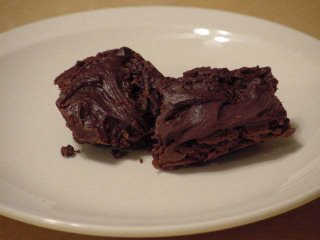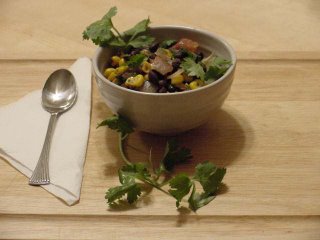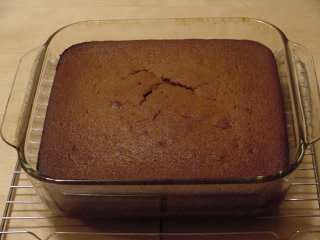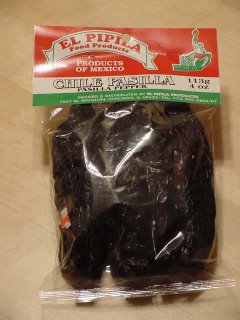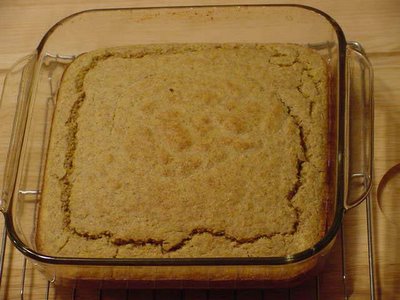
You are Dishcloth Cotton.You are a very hard worker, most at home when you're at home. You are thrifty and seemingly born to clean. You are considered to be a Plain Jane, but you are too practical to notice.
Take this quiz!
Needle tip to Mary for this quiz.
When I was in high school I wrote a poem called "Life Is a Dishrag." I won't embarrass myself by posting it here (even if I could find it), but I was very proud of how well the metaphor worked when I wrote something along the lines of "grab hold of the dishrag of life and squeeze . . . squeeze . . . squeeze."
Apparently I was wrong. Life isn't a dishrag, *I* am. And while I don't find the above description very flattering, I have a horrible feeling it's pretty apt. Except for the thrifty and born to clean part--where did that come from?
The last, horrible irony? I actually have that yarn.


